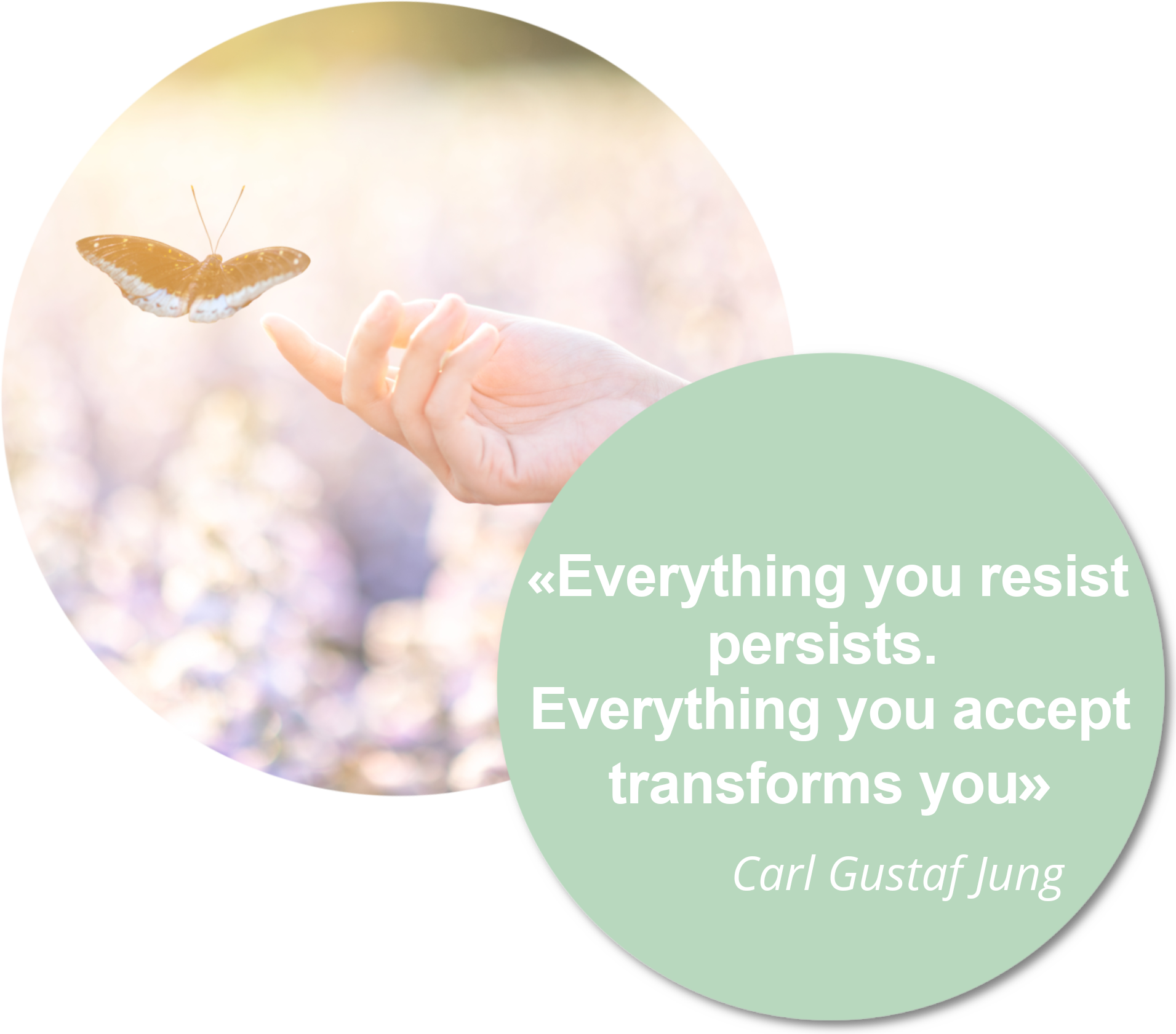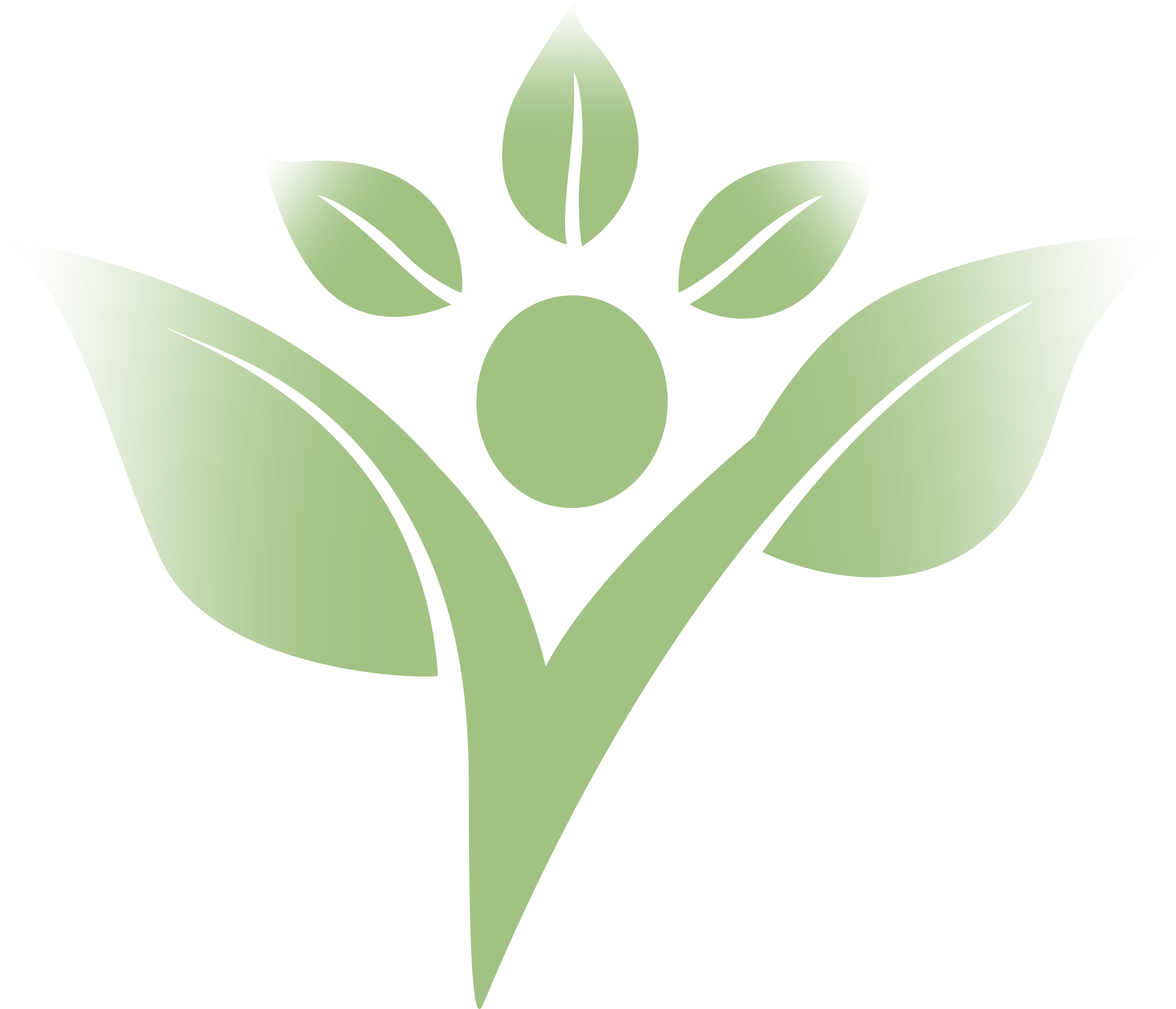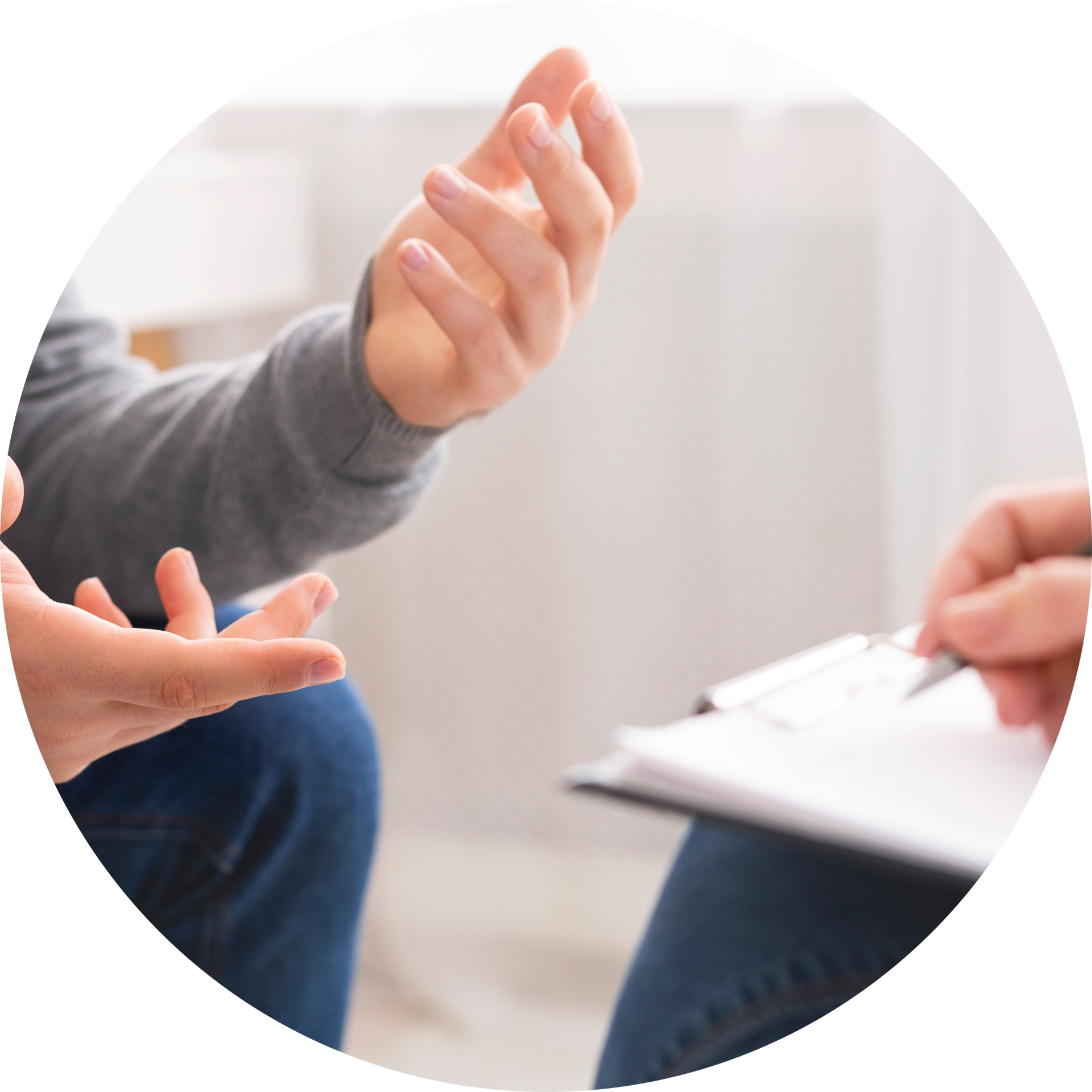kinesiology


The Method
Kinesiology is a holistic complementary therapy that considers the human being in their entirety: body, mind, and emotions. Based on certain principles of traditional Chinese medicine, it is now positioned at the crossroads between Eastern and Western therapies.
Some examples where kinesiology can be beneficial:
Mental stress, exhaustion
Sleep disorders, anxiety
Lack of self-esteem
Lack of motivation
Conflicting situations
Difficult life experience
Muscle tension
General lack of energy
Difficulty with learning and concentrating
Kinesiology is fully compatible with traditional therapy but does not replace medical treatment or care.

For whom?
Kinesiology is suitable for anyone, regardless of age, looking to improve their quality of life.
Whether it’s for your personal development, to overcome a temporary difficulty or to assist you in resolving deeper issues, the kinesiologist will accompany you towards overall well-being, both physically and emotionally.

How is a session conducted?
After getting acquainted, we discuss the issue you wish to address. Together, we then set a goal related to what you want to improve or resolve. Kinesiology is generally practiced in a lying down position (or sitting if you prefer), always fully clothed.
Various gentle and painless techniques will be used to release any potential blockages. Various gentle and painless techniques will be used to release any potential blockages. The session ends with an integration phase to allow the adjustments to anchor deeply.

The muscle test
This test, which is the primary tool of kinesiology, is an evaluation method used to detect energy imbalances and blockages in the body. By applying gentle pressure to certain muscles, the kinesiologist can determine, based on the muscle’s tone, whether a particular issue is perceived as stressful for the body. The test also helps to identify the appropriate method to balance and release these blockages.
It was developed in the 1960s by the American chiropractor Dr. George Goodheart, who in his practice observed a close relationship between muscles, meridians, organs, and emotions.


